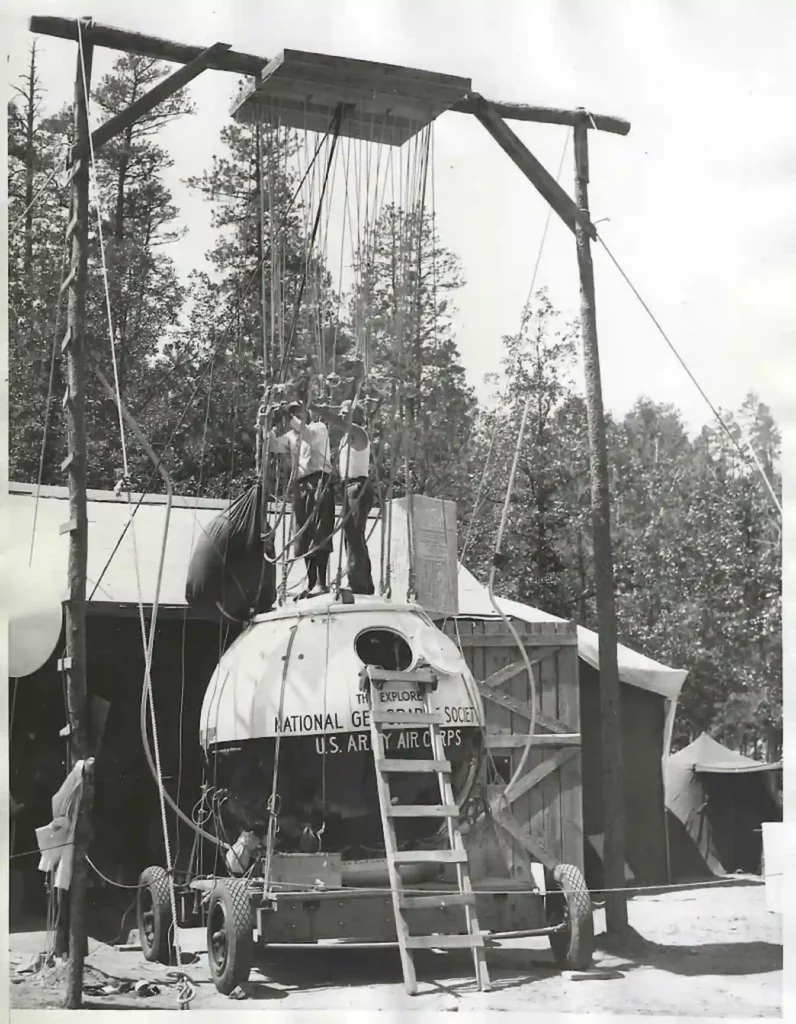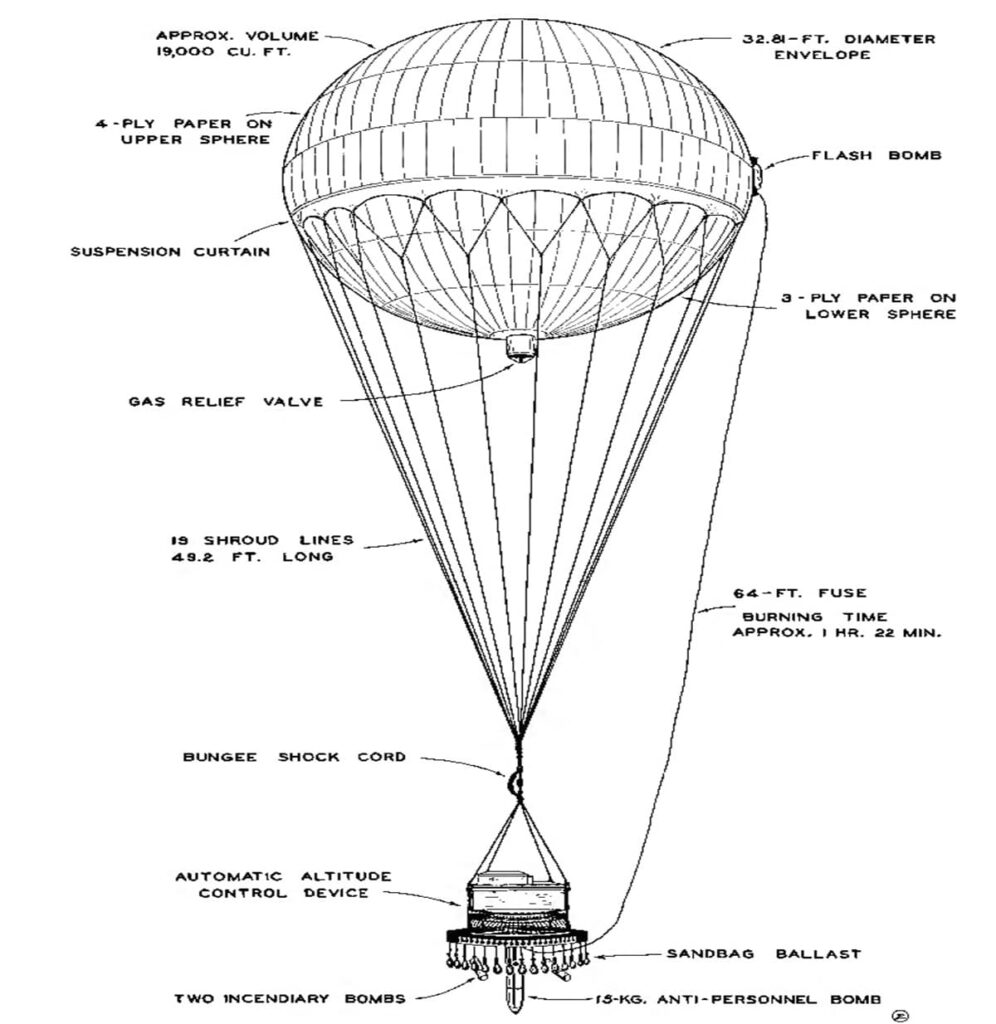I recently visited the San Diego Wildlife Safari Park and took a ride in a tethered hot-air balloon. We rose about fifty feet into the air, securely attached to the ground with a thick metal cable. Although I don’t like heights, I wanted to experience this amateurish sensation because a story about hot air balloons has been working its way in the back of my mind.
Which got me to thinking about the history of said balloons, and the topic of this post.
| First flight with animals -- www.seattleballooning.com |
I was surprised to learn that the first balloon was launched by a Frenchman in 1783, and the passengers were a sheep, a duck, and a rooster. Unfortunately, the flight lasted only fifteen minutes before crashing to the ground. Apparently all animals survived.
 |
| Montgolfier flight seattleballooning.com |
The first flight with people happened two months later, when two French brothers, the Montgolfiers, took off from the center of Paris and flew for twenty minutes without crash landing. They’d gotten their inspiration from smoke from fire hovering over Parisian rooftops for hours before ascending into the clouds. Their first designs were paper bags filled with smoke, which led to a larger paper bag filled with hot air. The six-hundred cubic-feet capacity balloon rose so quickly that the tether ropes broke, and they rose to six hundred feet above the ground. Later that year, an even larger paper balloon reached one thousand feet in altitude and covered three-quarters of a mile. Another balloon of 23,000 cubic feet, released from its tethers, rose 6,000 feet in the air.
Two years later, in 1785, another French balloonist and an American co-pilot crossed the English Channel, which was considered the first test for anything involving balloon flight.
But tragedy struck that same year when de Rozier, the world’s first balloonist, was killed when he attempted the same journey.
| First hot air balloon www.seattleballooning.com |
The first North American flight took place in 1793, with George Washington watching. The balloon with two men aboard lifted to 5,800 feet from the Philadelphia Prison Yard, safely landing in Gloucester County near New Jersey’s coastline, covering about twenty miles in an hour.
| Civil War balloon www.seattleballooning.com |
During the Civil War, Thadeus Lowe partnered with the Union government to use hot air balloons to spy on the South. Ten balloons were commissioned into the Balloon Corps, flying more than 3,000 times. Not all was smooth sailing, however, Union General Porter flew a balloon that broke its tether lines and flew over enemy lines. Luckily, the winds changed, and he landed near where he had originally launched.
 |
| Government gets involved www.seattleballooning.com |
In the 1930s, high-altitude balloon flights led to scientific exploration of the upper atmosphere. Both military and passenger airplanes were flying at ever higher altitudes, and more information was needed to provide oxygen systems and other safety and support systems for passengers and cargo. In 1931, Swiss scientist Piccard flew at 52,000 feet in a hydrogen gas balloon. In 1934, the US Navy launched balloons to study weather patterns from inside a pressurized gondola. And, in 1935, Stevens and Anderson set a record that held for twenty years, at 13.7 miles, or 72,395 feet. All of these early stratospheric flights paved the way for space travel, as well as improved air safety regulations and aircraft design requirements.
In 1935, Emmer and Marek set new records by flying a balloon with over 63,000 cubic foot capacity, and fueled by a pressurized petroleum burner. But it was Emmer’s solo flight that is still discussed by ballooners , using propane for the first time.

In more recent years, the Japanese developed bomb-carrying balloons designed to cross the Pacific Ocean and attack the United States. Many reached the mainland, and a few caused fires. One killed bomb killed six people in Oregon in 1945. Large and armed with incendiary and high-explosive bombs, the goal was to start fires in the forests of the Pacific Northwest, hoping to reduce the natural resources being used in the war. Of the 9,300 balloons released, only a few hundred reached shore. Most of those landed in remote areas, and most bombs didn’t detonate.
However, the Fugo (wind ship) campaign caused a lot of anxiety and fear in America, mostly as a reminder that Japan could and would attack an enemy more than two thousand miles away. This activity also proved that the jet stream could be used as a weapon, as well as highlighting how technological innovation could alter a power struggle between countries.
Following World War II, ballooning enthusiasts were determined to keep the sport alive. The first sport balloon flight in the US soon came,, launching from Minneapolis and landing in the countryside two hours later. New materials were developed for the balloons, along with sturdier basket designs, ballast, more efficient furnaces, and, of course, more enthusiasts with higher dreams.
Giveaway: Although not related to hot air ballooning in any way, leave a comment to enter a random drawing to win a free ebook copy of A King for Kinsella. Remember to leave your cleverly disguised email address so we can find you if you win.
Link to book: Series: https://www.amazon.com/dp/B0C5F246HT and to the rest of the “Mail Order Papa” series: https://www.amazon.com/dp/B0C5F246HT
About A King for Kinsella:
Kingston Marchmont flees Australia in search of a new life—and a new opportunity to prove he isn’t the man wrongfully convicted and transported.
Kinsella Jackson struggles to raise her four children following her husband’s mysterious death. Did he jump? Was he pushed? Or was it an accident?
Can King find the new life and fresh start he seeks, and can Kinsella release the past and look to the future?
About Donna:
A hybrid author, Donna writes squeaky clean historical and contemporary suspense. She has been published more than 60 times in books; is a member of several writers groups; facilitates a critique group; teaches writing classes; and judges in writing contests. She loves history and research, traveling extensively for both, and is an avid oil painter. She is taking all the information she’s learned along the way about the writing and publishing process, and is coaching committed career writers. Learn more at https://www.donnaschlachter.com/the-purpose-full-writer-coaching-programs Check out her coaching group on FB: https://www.facebook.com/groups/604220861766651
www.DonnaSchlachter.com Stay connected so you learn about new releases, preorders, and presales, as well as check out featured authors, book reviews, and a little corner of peace. Plus: Receive 2 free ebooks simply for signing up for our free newsletter!
www.DonnaSchlachter.com/blog
Facebook: www.Facebook.com/DonnaschlachterAuthor
Twitter: www.Twitter.com/DonnaSchlachter
Books: Amazon: http://amzn.to/2ci5Xqq
Bookbub: https://www.bookbub.com/authors/donna-schlachter
Goodreads: https://www.goodreads.com/search?utf8=%E2%9C%93&query=donna+schlachter
The Purpose-Full Writer: https://www.facebook.com/groups/604220861766651
Need a writing coach? https://www.donnaschlachter.com/the-purpose-full-writer-coaching-programs
Resources:
https://balloonfiesta.com/Hot-Air-History
https://seattleballooning.com/when-was-the-hot-air-balloon-invented/



Some of the balloon that a created are interesting. Always enjoyed the rainbow colored ones. cheetahthecat1982ATgmailDOTcom
ReplyDeleteYes. I'm always impressed with the ones shaped like animals or people. Good luck in the drawing.
DeleteThank you for posting today and Happy New Year to you and your family! This was an interesting timeline for the history of balloon flight. Thank you for sharing with us.
ReplyDeleteThanks, Connie. It was fun to do the research, which makes it exciting for me to think about a book where I can use what I learned. Good luck in the drawing.
ReplyDelete